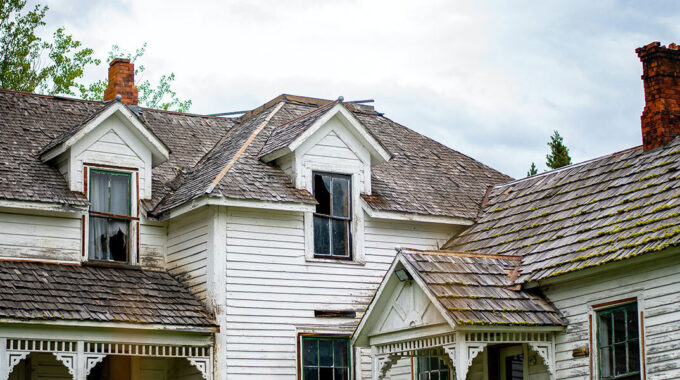CoreVest Finance recently attended the MBA CREF/Multifamily Housing Convention & Expo in San Diego, CA.…
Single-Family Rentals – a Retirement Strategy?

by Chris Hoeffel, Chief Financial Officer
As more baby boomers think about their (delayed) retirement strategies, the range of alternatives can span from an air-tight portfolio of government bonds to investing in a little B&B in the country. Some offer a secure, but low-yield stream of monthly income, others provide less certainty but the allure of being an entrepreneur and controlling one’s own destiny. However, today’s sophisticated and liquid markets have created investment opportunities that can offer the benefits of security, a regular income stream and the excitement of being your own boss!
The single-family rental (“SFR”) market, where individual homes are owned with the specific purpose of being rented to others, has been in existence for decades. It’s estimated that over 15 million homes in the US are non-owner occupied. However, until recently, the business of owning and renting houses has been a cottage industry, primarily limited to individuals with the financial resources to own one or more homes without the need for mortgage financing. But one unexpected outcome of the Great Recession has been the surge of institutional capital going into the single-family rental market in the form of private equity, REITs and mortgage finance. The result has been rising property values, improved liquidity and the recognition of the SFR market as an established investment class all its own.
Why now?
The economic crisis of 2007-2009 saw the value of real estate decline by an estimated $30 trillion. This inspired many savvy investors to seize upon a “buyer’s market” and acquire large portfolios of homes at bargain prices. The vast majority of these homes were converted into rental properties to accommodate a surge in demand from families who were displaced when the housing bubble burst, or those that were unwilling to put a majority of their savings into a home during a period of economic uncertainty. And once the homes were purchased and rented, the lending markets followed suit and began to provide mortgage financing for rented homes – something that had previously been unavailable.
Today, several years after the recovery, the SFR market is still thriving. The demand for rented homes is surging. Factors such as increasing household formation, immigration and a general decline in homeownership rates have pushed more and more families into rental homes. The financial and personal flexibility of renting versus buying is very appealing to younger millennials and seniors alike. In fact, a recent study by Harvard’s Joint Center for Housing Studies1 showed an above average growth in renter households in every age group between 25 and 64 since 2004. And there is little to suggest that the trend will change any time soon.
1 America’s Rental Housing, Joint Center for Housing Studies of Harvard University, 2013
Benefits of SFR investing
Real estate investments can provide owners with steady rental income, a hedge against inflation through home price appreciation, and tax shelter through depreciation and interest deductions. Investments in SFR can provide further protection from future economic swings due their counter cyclical returns. In times of economic stress, more families move from homeownership to rentals due to necessity or desire. A study of rental rates by John Burns Real Estate Consulting2 showed that single-family rental rates increased every year during the recent recession . And residential real estate continues to be the most liquid form of real estate in the US, enabling an efficient exit when the time comes.
There has never been a better time for real estate investors to build a portfolio of rental properties. Debt capital of up to 80% of cost is available to purchase rental homes for either renovation and sale (aka fix & flip), or to aggregate a diversified portfolio. Long-term debt capital is available for terms of 5, 10 or up to 30 years for rented homes. And as a result of the overall growth in the SFR market, excellent property managers, leasing agents and renovation specialists have experience in the rental market in most areas and are able to assist owners who may prefer to be less “hands on” landlords. Thus, the asset class can be suitable for active entrepreneurs or more passive investors.
SFR investing can provide an engaging, exciting and secure way for investors of any age to create an income-generating portfolio with the added opportunity for long-term growth.
CoreVest is a leading provider of financing solutions to residential real estate investors. We provide attractive long-term debt products for stabilized rental portfolios as well as credit lines for new acquisitions. For more information about how CoreVest can help grow your rental and rehab business, please call 844.223.2231 or submit our contact form.
2 Single Family Rental Analysis and Forecast; December 2015; John Burns Real Estate Consulting


